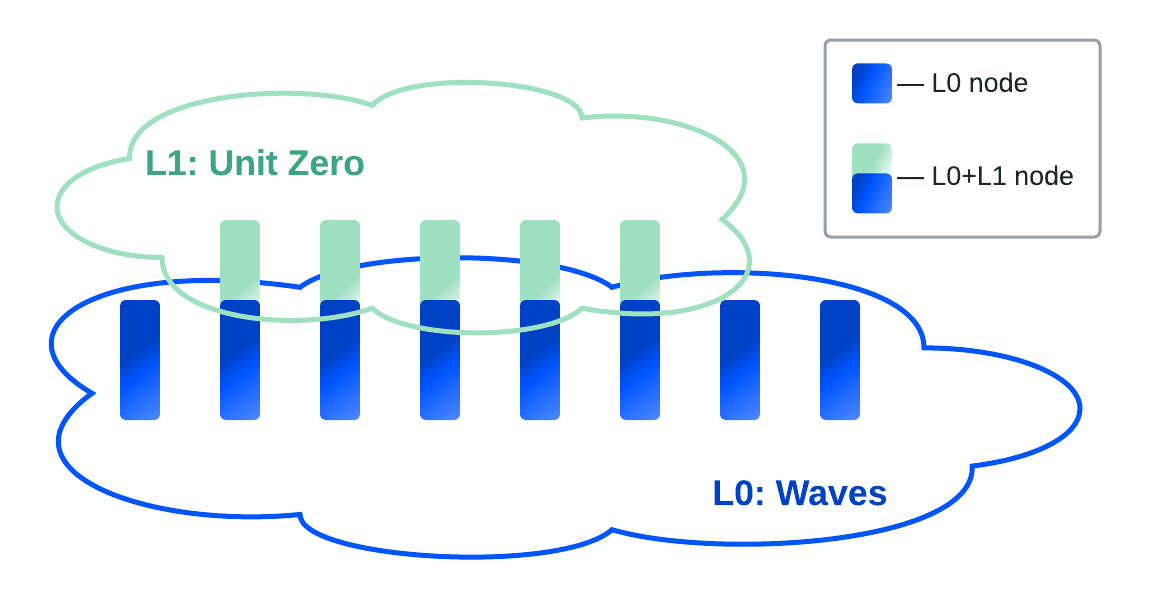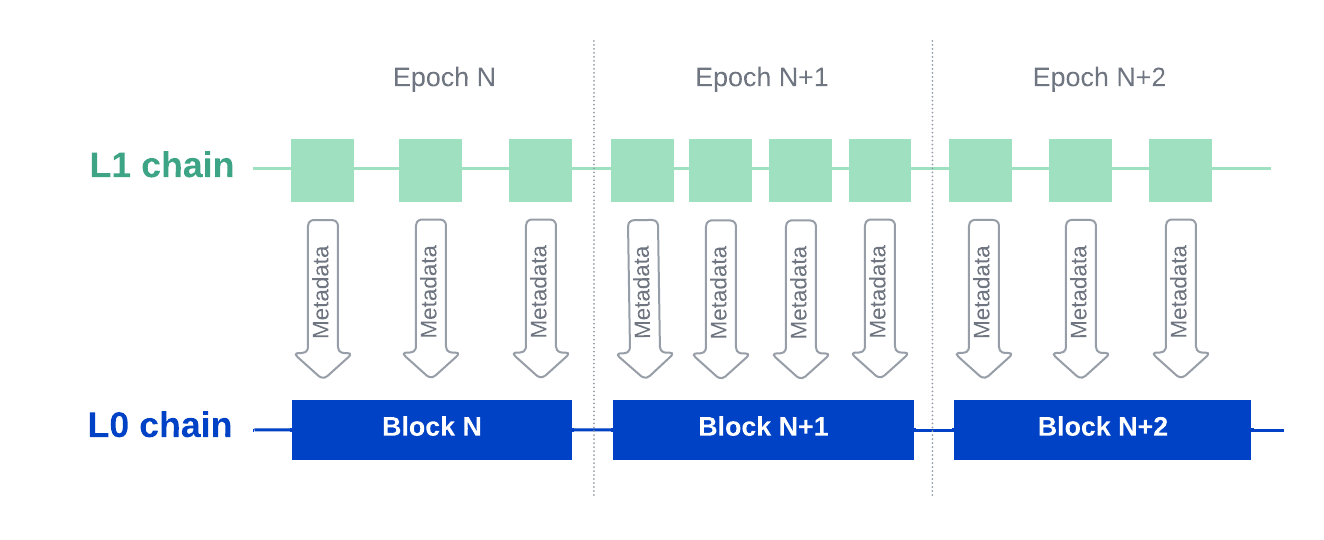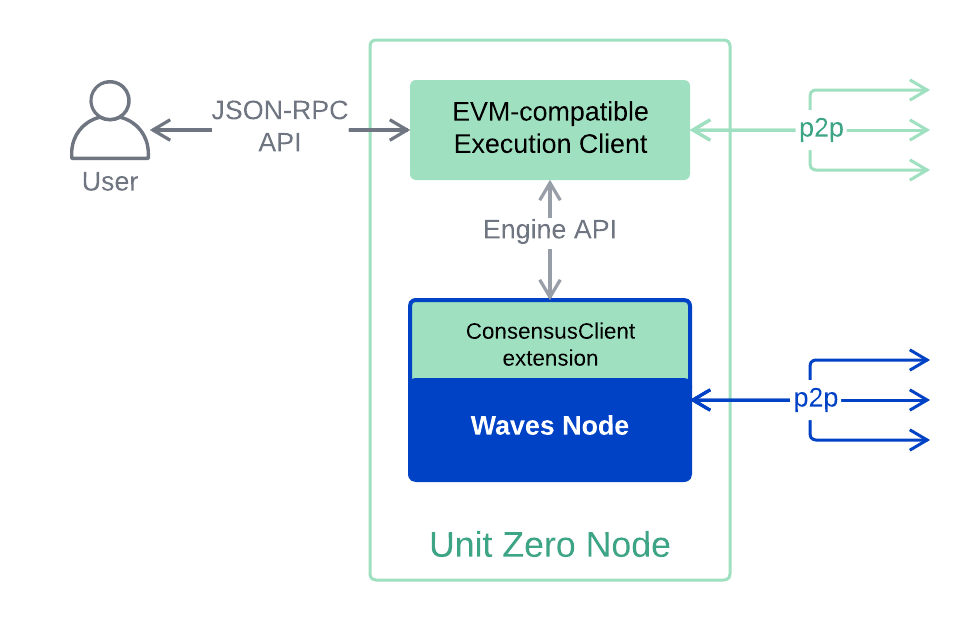# Unit Zero
Unit Zero is a blockchain network operating on top of the Waves blockchain. It introduces a novel approach to blockchain architecture, merging high performance and scalability with robust security and decentralization. The concepts implemented in Unit Zero are planned to be extended to interconnected chains of Units ecosystem.
# Core Features of Unit Zero
- Ethereum Virtual Machine (EVM) Compatibility: This feature enables the swift deployment of decentralized applications (dApps) within the Unit Zero network.
- Fractal Consensus Model: Unit Zero relies on consensus provided by Waves, concentrating its efforts on efficient transaction processing.
- Economic Incentives for Network Growth: The network rewards block generators with its native token, UNIT0. This token serves as fee asset and plays a pivotal role in the Units ecosystem DAO. Initially, UNIT0 will have a zero supply, fostering scarcity and adding value from the onset of the network's launch.
# Unit Zero Testnet
The Unit Zero Testnet is currently available for application testing.
Connection parameters:
- RPC URL:
https://rpc-testnet.unit0.dev - Chain ID: 88817
# Tools
# Faucet
To get free UNIT0 in Unit Zero Testnet, use Faucet.
# Blockchain Explorer
To browse Unit Zero Testnet data, use Explorer.
# MetaMask
To connect Unit Zero Testnet in MetaMask, click Add Unit Zero Testnet at the bottom of the Explorer page.
Add network manually
If you'd rather add the network manually, in MetaMask select Add a network > Add a network manually and specify the connection parameters:
- Network name: Unit Zero Testnet
- New RPC URL:
https://rpc-testnet.unit0.dev - Chain ID: 88817
- Currency symbol: UNIT0
# How the Network Operates
Some nodes from the Layer-0 network (Waves) also participate in the Layer-1 network (Unit Zero).

Consensus within the Layer-1 network is maintained by the Chain Contract deployed on the Layer-0 network:
- Generators commit to participating in Layer-1 block generation by invoking the Chain Contract.
- Each block on Layer-0 marks an epoch in Layer-1. During an epoch, a generator is selected to produce Layer-1 blocks.
- The Chain Contract employs a modified Fair PoS, calculate a time delay for each Layer-1 generator, determining when it is eligible to generate blocks.
- The generator packages Layer-1 transactions into blocks, signs them, and invokes the Chain Contract to record the block metadata on Layer-0.
- The Chain Contract enables resolving potential forks in the Layer-1 network. The primary chain is the one extended by generators possessing over half of the Layer-1 generating balance.

For more details about the protocol, refer to the Extended Consensus White Paper.
# Tokenomics
In the Unit Zero network, the block generation probability increases with a node’s WAVES balance. A minimum of 20,000 WAVES is required to qualify for block generation.
Rewards for each epoch are distributed in UNIT0 as follows:
- 1.8 UNIT0 to the generating node.
- 0.2 UNIT0 to the Unit Zero DAO.
# Unit Zero Node Architecture

The Unit Zero node consists of two components:
The Execution Client processes transactions and updates the blockchain state. Execution Clients intercommunicate within a peer-to-peer network and handle JSON-RPC API requests.
For instance, Hyperledger Besu may serve as an Execution Client.
The Consensus Client is responsible for block addition and achieving consensus among network participants.
A Waves node with the ConsensusClient extension installed acts as the Consensus Client.